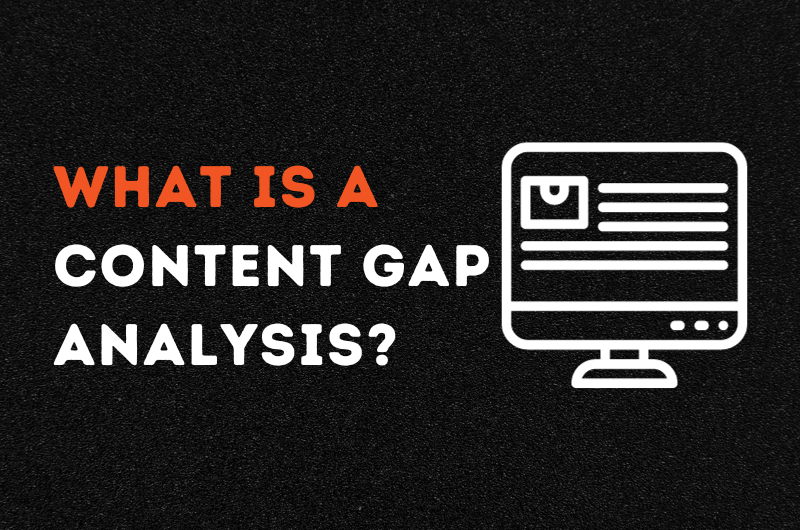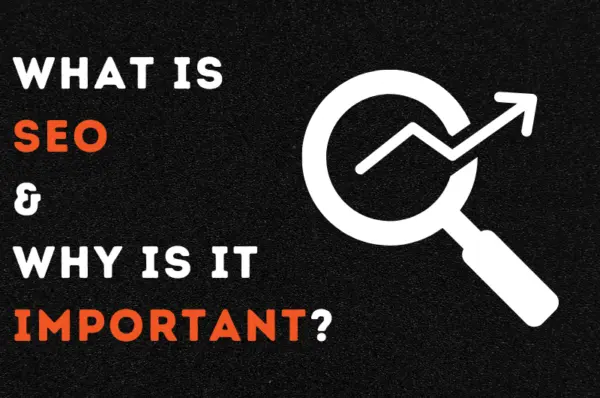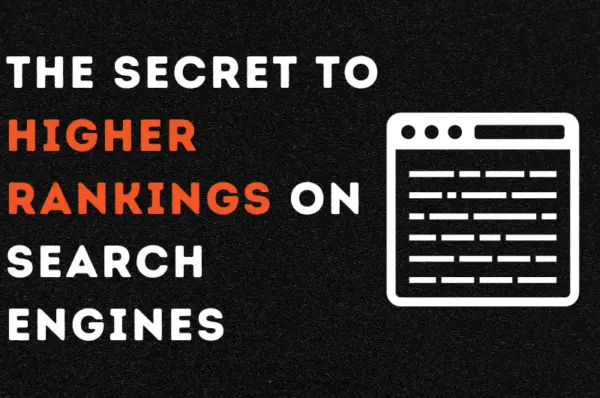In this blog, we will give a comprehensive answer to what is a content gap analysis.
If you are struggling to find a complete answer, this blog is for you.
Content gap analysis is something many website owners struggle with. This analysis might be a problem for those who are running a business website and do not have the right technical expertise.
However, you can end your search now, because in this blog we will tell you everything you need to know about a content gap analysis.
We will start the discussion by giving you a definition. Then we will delve into the types of content gap analysis.
Lastly, our readers will be given a complete guide that they can follow to conduct the analysis for their websites. Let’s begin!
Click here to learn about the best SEO agency in London!
What is a Content Gap Analysis: A Definition?
So, what is a content gap analysis?
A content gap analysis, if put in non-technical terms, is the process of evaluating your website and identifying the gaps where you can improve.
When you conduct a content gap analysis, you are looking for everything that could be improved on your website. Your goal is to find the areas where your content might be lacking.
In the end, your goal is to set goals that could improve the website for your audience to achieve your business goals. You put your content in comparison with your goals and mission. If it meets the dedicated criteria, then you are good to go.
But it probably isn’t, and that is why you are reading this blog. Then you will need further information on how to make sure you have identified all the problems.
Read on to learn how to conduct a proper content gap analysis.
What are the Two Types of Content Gap Analysis?
But before we do that, let us discuss the two types of gap analysis. Knowing both types will help you get a better understanding of what you need.
1. Onsite Gap Analysis
A strategic gap analysis is a comprehensive analysis.
It involves evaluating your website content and finding what is missing. When you conduct an onsite gap analysis, you evaluate your current website and its content.
You find gaps that are missing and could be filled. This could include blogs that you have not covered so far or different pages that would attract a larger audience.
You could find that you could start targeting specific regions with new pages. Or, you could also invest in targeting a specific audience with a separate website page.
2. On-Page Gap Analysis
On the other hand, an on-page analysis is more specific.
It involves evaluating an individual page from its design to the content to optimise it for search engines and people. When you conduct an on-page gap analysis, you are going in depth.
An on-page gap analysis could include finding ways to redesign your page for a better user experience. You could also find that a page is not performing well because it does not have the right keywords.
An on-page analysis is usually conducted when a specific page is not performing according to your expectations.
How to do a Content Gap Analysis?
Now that we have an answer to what is a gap analysis and what its types are, Let’s move ahead.
In this blog, we will tell our readers how they can conduct content gap analysis. We have tried to simplify the procedure so it can be followed by anyone. However, if you are struggling with any specific step, reach out to us, and we will help.
1. Define Your Target Audience
Before you start doing anything regarding content creation, you should know your audience.
There is no point in shooting in the dark and hoping that you get the job done. If you are running a website or a business, you must already have a target audience.
Therefore, you need to make sure that you haven’t made any mistakes while defining your audience. Go over your mission and vision so you know what you have set out to achieve.
2. Review Your Existent Content
Secondly, start reviewing your existing content with the help of the Google Search Console.
See how your content is performing. There will be some pages that are getting a lot of attention, while others are almost invisible.
Recognise what makes your popular pages so good and why others are struggling to attract an audience. Doing this will help you understand which type of content people want to see and which they are not interested in.
3. Analyse Competitor Content
Do not forget to check on your competitors, because they might be taking your spotlight.
Check how they are performing. Are they on your level or way ahead of you? If you find that you are getting more traffic than they are, then identify the mistakes that they might be making.
However, if they are ahead of you, you should learn from them. Check what they are doing that you have completely missed. There is no harm in taking inspiration from your competitors.
4. Compare Your Content to Search Intent
But comparing your content to competitors is not the best standard. Therefore, you need to compare your content to the search intent.
Check whether you are fulfilling all user queries. Ask yourself whether you have the content for different types of search queries.
Are you covering content for informational, navigational, and transactional intent or not? If you are not, then there is something you can improve.
5. Identify Content Gaps
While you are doing all this research, it is important to remember that your job is to find content gaps.
This is the objective of a content gap analysis: to evaluate and identify how your content can be made better. Note down everything you find and make a list of things you could use later on.
6. Redesign your Content Strategy
Once you have figured out what your website needs to improve, it’s time to redesign your content strategy.
Communicate with your content team to tell them what else needs to be included on your website.
Facilitate them to make a content strategy that also encompasses these gaps.
If you are looking for a team of SEO experts, contact us!
A Quick Wrap-Up
Let’s summarise our discussion on what is a content gap analysis.
A content gap analysis is the process of evaluating and identifying content that is missing on your website. It has two types: onsite page gap analysis and on-page gap analysis. The former is for the complete website, whereas the second is only for individual pages.
To conduct a gap analysis, start by defining your target audience and reviewing your existing content. Also, analyse your competitors and see how they are performing.
Next, compare your content to the search intent of users and identify the gaps. Once you have carried out this analysis, you should use your study to redesign your content strategy.
We at SEO Syrup understand that businesses do not have the time to invest in their websites. Therefore, we provide the best SEO and web development services in the UK. Click here to get an instant quote!



